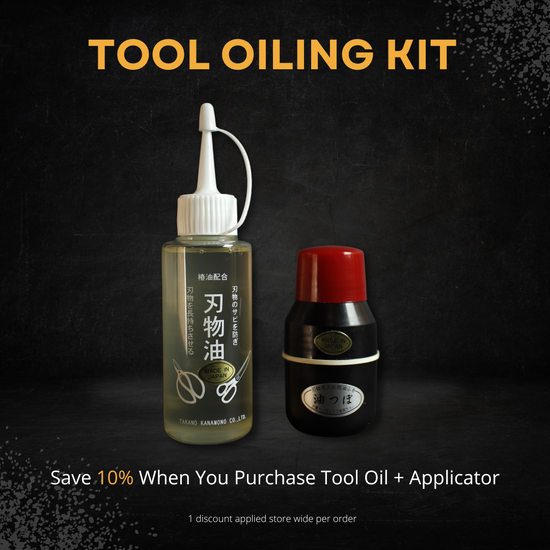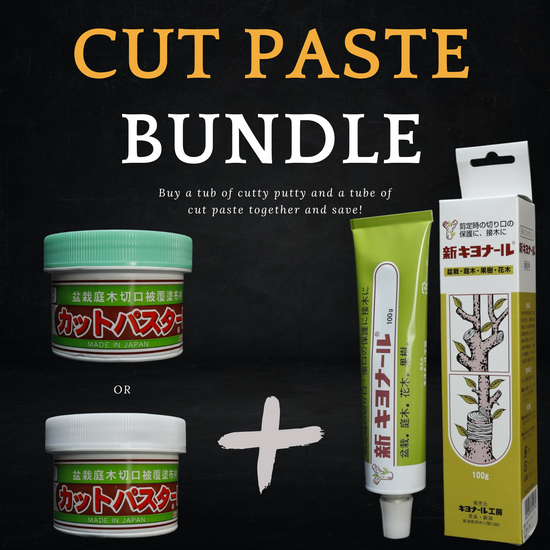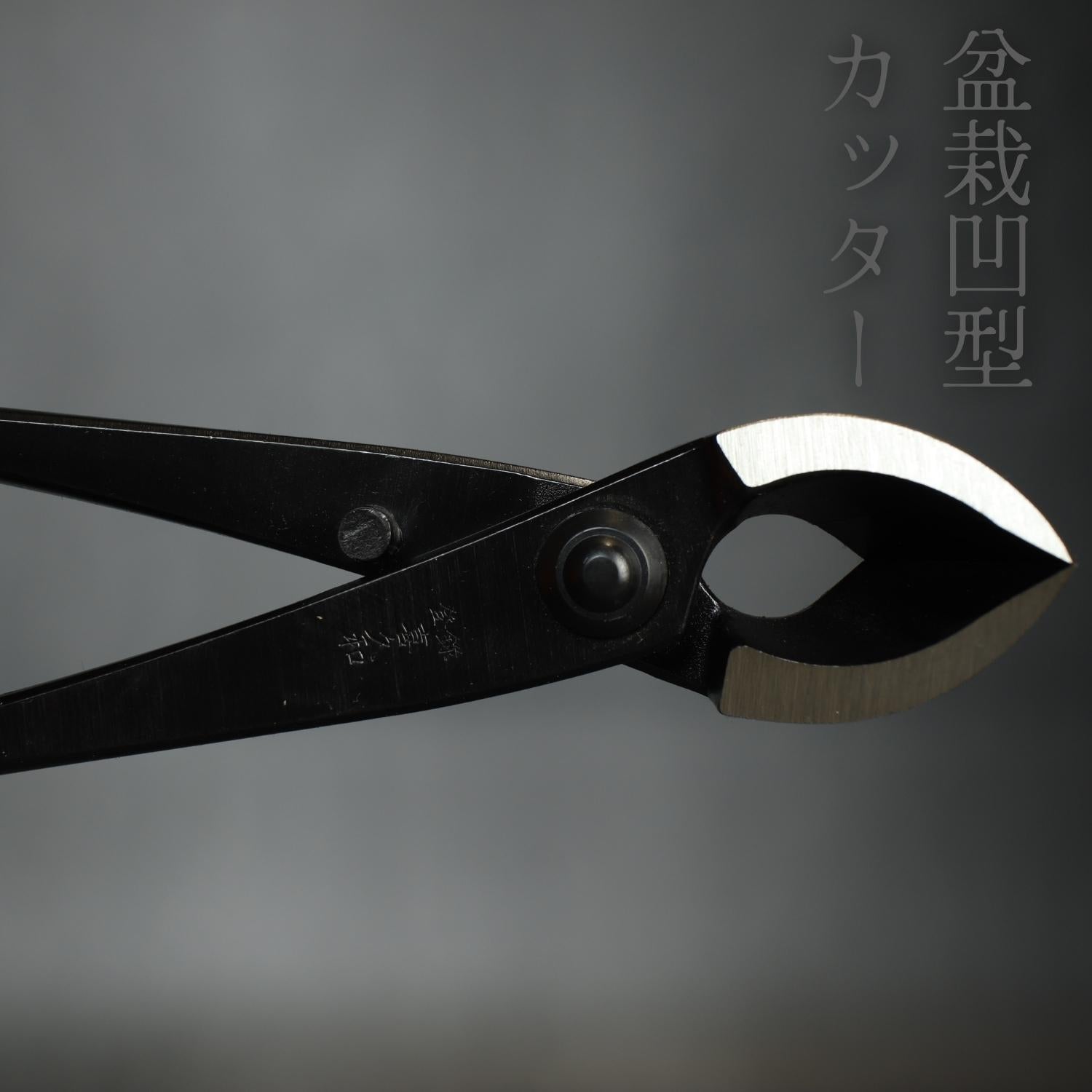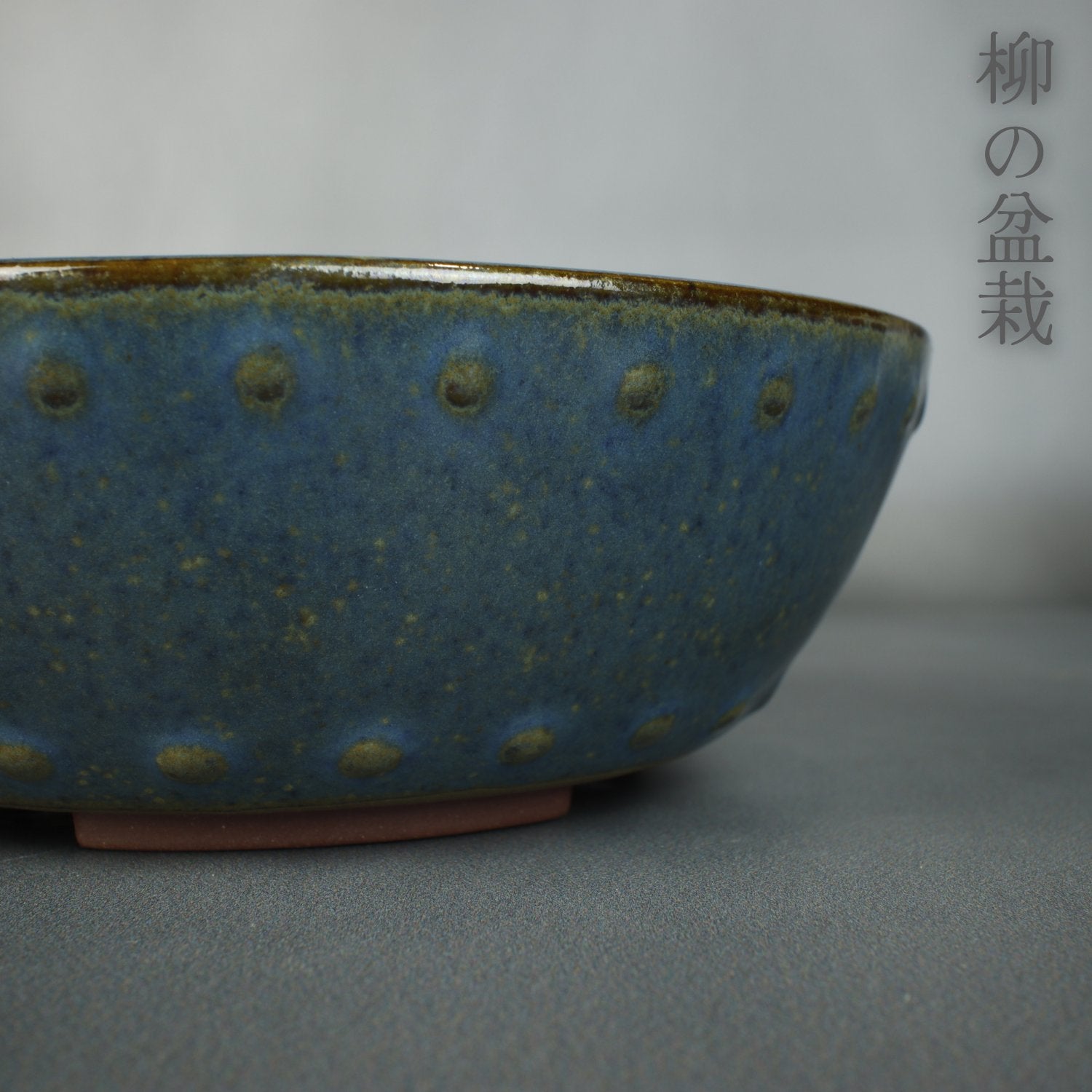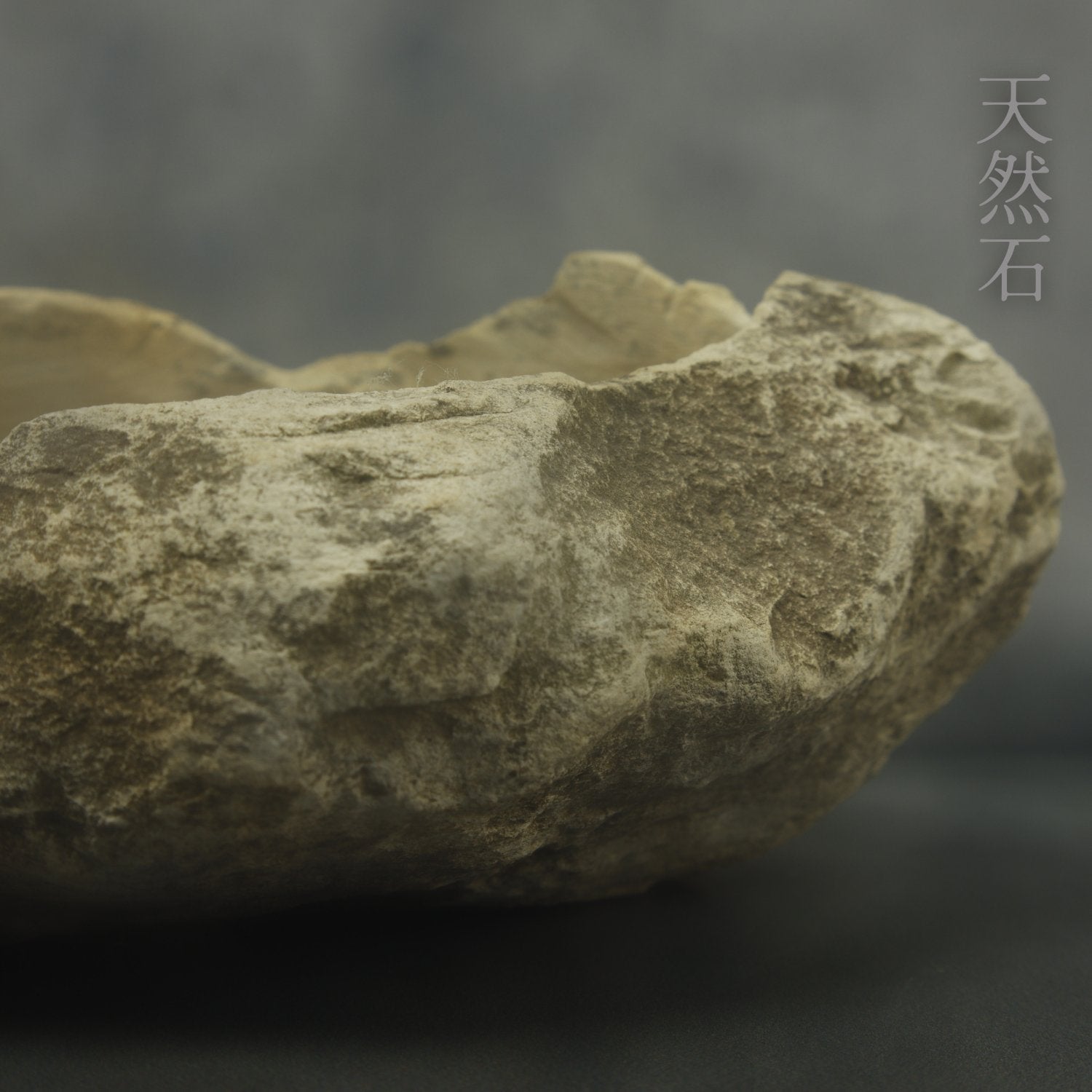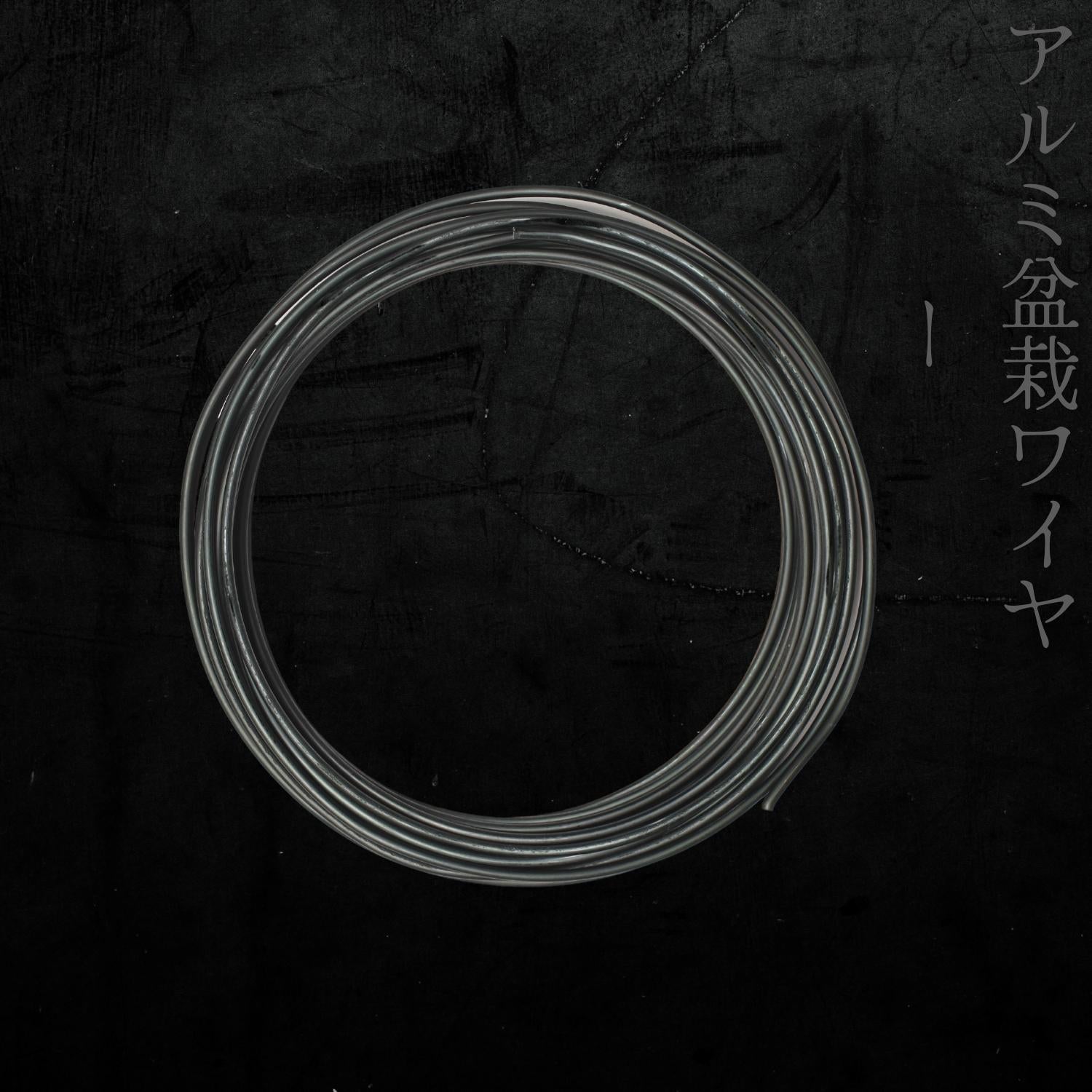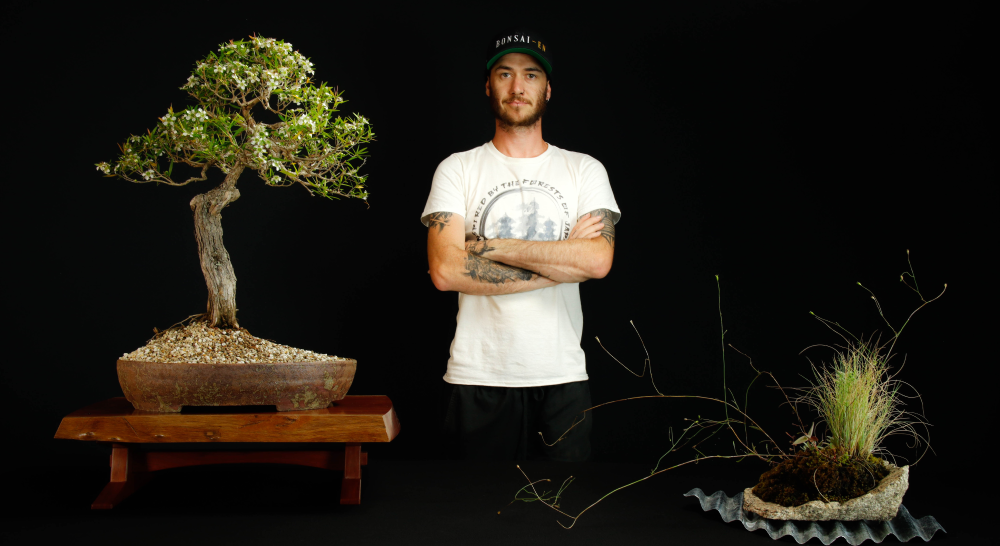What is a Jade Plant?
Jade plants, also known as Crassula ovata, are a species of succulent plant native to South Africa. They are popular houseplants due to their low maintenance and ability to thrive in a range of indoor conditions. Jade plants have thick, fleshy leaves and woody stems, and are known for their ability to store water in their leaves and stems. They are available in a variety of sizes and leaf colors, including green, blue-green, and variegated. In addition to being grown as houseplants, jade plants are also suitable for training as bonsai.
Jade As A House Plant
Jade plants are popular as houseplants due to their low maintenance and ability to thrive in a range of indoor conditions. They are known for their ability to withstand periods of drought and can go for long periods of time without being watered. This makes them a good choice for people who may not have a lot of time to devote to plant care. In addition, jade plants are relatively hardy and can tolerate a wide range of temperatures, making them suitable for growing in many parts of the world. They are also considered to bring good luck and prosperity, according to Chinese folklore, which adds to their popularity as a decorative plant.
What Are The Different Common Names Of Jade Plant?
Jade plants are also known by a variety of common names, including:
Money plant
Dollar plant
Friendship tree
Lucky plant
Golden money tree
Jade plants are scientifically known as Crassula ovata, and are a species of succulent plant native to South Africa.
Jades Native Origins and Cultural Significance Around The World
Jade plants, also known as Crassula ovata, are native to South Africa. In their native habitat, jade plants can be found growing in rocky, arid regions where they are adapted to survive long periods of drought. They have become popular houseplants around the world due to their low maintenance and ability to thrive in a range of indoor conditions.
In Chinese culture, jade plants are considered to be symbols of good luck and prosperity. They are often given as gifts to bring good fortune to the recipient, and are believed to bring positive energy to a home or office. According to folklore, jade plants are thought to attract wealth and success, and are often placed in areas where financial decisions are made, such as near a cash register or in an office. In addition to their symbolism, jade plants are also popular in China and other parts of Asia due to their low maintenance and ability to thrive in a range of indoor conditions.
Physical Characteristics And Growth
Jade plants have thick, fleshy leaves and woody stems. The leaves are typically oval or triangular in shape and have a glossy, smooth appearance. They can range in color from bright green to blue-green, and some cultivars have variegated leaves with white or yellow markings. The leaves are attached to the stem via short petioles, and the stem is thick and sturdy, particularly on older plants. Jade plants grow slowly and can eventually reach a height of several feet, although they are often kept smaller through pruning. As a succulent, jade plants have the ability to store water in their leaves and stems, which helps them to survive periods of drought.
Jade plants are known for their slow growth habit and can take several years to reach their full size. They are typically small to medium-sized plants, although some specimens can grow quite large if given the proper conditions. In general, jade plants grow to a height of about 3-4 feet, with a spread of about 2-3 feet. However, they can be pruned and trained to maintain a smaller size if desired. Jade plants have a woody stem and branches that become thicker and more pronounced with age, giving them a tree-like appearance. They are often grown in pots or containers, but can also be planted in the ground in warmer climates.
There are several cultivars of jade plants that are available, each with their own unique characteristics. Some cultivars have variegated leaves with white or yellow markings, while others have leaves that are a different color than the typical green or blue-green. Some popular cultivars of jade plants include:
'Hummel's Sunset': a cultivar with variegated leaves that are green with yellow and pink markings
'Gollum': a cultivar with tubular leaves that are green with red tips
'Tricolor': a cultivar with green, white, and pink variegated leaves
'Giant Jade': a cultivar with large, blue-green leaves and a more robust growth habit
In addition to these cultivars, there are also many other varieties of jade plants available, each with their own unique features. Some are bred for their small size or compact growth habit, while others are prized for their unusual leaf shapes or colorations.
Care and Maintenance
Jade plants are relatively easy to care for and can thrive in a range of indoor conditions. They prefer bright, indirect light, but can also tolerate low light conditions. Direct sunlight can be harmful to jade plants if its too intense, causing the leaves to turn yellow or become sunburned. If you are going to keep a jade outside try to give it some afternoon shade. Jade plants can tolerate a wide range of temperatures, but prefer to be kept between 18 – 23c (65-75°F). They can withstand cooler temperatures down to about 10c (50°F), but should be protected from freezing temperatures. In general, jade plants are very adaptable and can thrive in a variety of environments, making them a good choice for beginners or those who may not have experience caring for houseplants.
Jade plants (Crassula ovata) are succulent plants, which means they are able to store water in their leaves and stems. As a result, they have low water requirements and do not need to be watered frequently. In fact, it is better to allow the soil to dry out completely between waterings to prevent the roots from sitting in standing water, which can lead to root rot.
During the growing season (spring and summer), you can water your jade plant about once a week, or when the soil is dry about an inch deep. In the winter, when the plant is dormant, reduce watering to once a month or even less, depending on the humidity and temperature in your home.
As for fertilizing, jade plants do not require a lot of fertilization and can actually be damaged by over-fertilization. It is generally recommended to fertilize jade plants once a month during the growing season (spring and summer) with a balanced, water-soluble fertilizer diluted to half strength. In the winter, when the plant is dormant, you can skip fertilization or fertilize once every two or three months.
It is also a good idea to occasionally flush the soil with plain water to remove any accumulated salt from the fertilizer. This can help prevent salt build-up, which can be harmful to the plant.
Pruning jade plants is a good way to keep them healthy and encourage new growth. You can prune your jade plant by removing any dead, damaged, or diseased leaves or stems as needed. You can also prune to shape the plant or to control its size. To prune, use clean, sharp scissors or
pruning shears, and make sure to disinfect them with rubbing alcohol or a solution of equal parts water and household bleach to prevent the spread of any diseases.
Jade plants can also be propagated by taking stem cuttings and rooting them in soil or water. To propagate a jade plant by stem cuttings, follow these steps:
Use clean, sharp scissors or a knife to take stem cuttings from a healthy jade plant. Choose stems that are about 4-6 inches long and have a few sets of leaves.
Remove the lower leaves from the stem cuttings, leaving only the top leaves intact.
Allow the cuttings to callus over for a few days by placing them in a dry, well-ventilated area. This will help prevent rot and encourage root growth.
Fill a pot or tray with a well-draining soil mix, such as a mix of equal parts perlite and potting soil. Water the soil lightly.
Plant the stem cuttings in the soil, making sure to leave enough space between them. Water the cuttings lightly, being careful not to overwater.
Place the pot or tray in a warm, well-lit location, but not in direct sunlight. Keep the soil moist but not soggy.
After a few weeks, the cuttings should start to grow roots and new leaves. Once the cuttings are well-established, you can transplant them into individual pots.
It's important to note that jade plant cuttings may take several weeks or even a few months to root, so be patient and keep the soil moist but not soggy. It may also be helpful to use rooting hormone to encourage root growth.
Potential Problems And Solutions
Jade plants are generally quite resistant to pests and diseases, but they can sometimes be affected by a few common problems. Here are some pests and diseases that may affect jade plants:
Aphids: These small, soft-bodied insects feed on the sap of plants and can weaken them. Aphids can be controlled by spraying the plant with a strong stream of water, or by using an insecticidal soap.
Mealybugs: These small, white insects feed on the sap of plants and secrete a sticky substance called honeydew. Mealybugs can be controlled by wiping them off the plant with a cotton swab dipped in rubbing alcohol, or by using an insecticide.
Spider mites: These tiny, spider-like insects feed on the sap of plants and can cause yellowing and browning of the leaves. Spider mites can be controlled by spraying the plant with water, or by using an insecticide.
Root rot: This is a common problem in jade plants that are overwatered or grown in poorly-draining soil. Symptoms of root rot include yellowing and wilting of the leaves, and a foul smell coming from the soil. To prevent root rot, make sure to water your jade plant only when the soil is dry and to use a well-draining soil mix. If your jade plant has root rot, you may be able to save it by removing any diseased roots and repotting the plant in fresh soil.
If you suspect that your jade plant has a pest or disease problem, it is important to act quickly to prevent the problem from getting worse. Removing any affected leaves or stems and applying an appropriate treatment, such as an insecticide or fungicide, can help control the problem.
Signs Of Under Or Over Watering
Jade plants are succulent plants, which means they are able to store water in their leaves and stems. As a result, they have low water requirements and do not need to be watered frequently. It is better to allow the soil to dry out completely between waterings to prevent the roots from sitting in standing water, which can lead to root rot.
Here are some signs that your jade plant may be under- or over-watered:
Under-watering: If your jade plant is not getting enough water, its leaves may start to look withered and yellow, and the stems may appear shriveled. The soil may also feel dry and crusty. To remedy under-watering, water your jade plant thoroughly, making sure the water reaches the root zone.
Over-watering: If you are watering your jade plant too frequently, its leaves may turn yellow and fall off, and the stems may become soft and mushy. The soil may also feel soggy and may have a foul smell. To remedy over-watering, reduce watering and allow the soil to dry out completely before watering again. You may also need to repot the plant in fresh, well-draining soil.
It is important to monitor your jade plant's watering needs and to adjust accordingly. The frequency of watering will depend on the humidity and temperature in your home, as well as the size and type of pot the plant is in. A smaller pot will dry out faster than a larger pot, and a clay pot will dry out faster than a plastic pot. Using a moisture meter can also help you gauge when it is time to water your jade plant.
Jade Plants As Bonsai
There are several benefits to growing jade plants as bonsai:
Bonsai plants are aesthetically pleasing and can add a touch of beauty and tranquility to any space.
Jade plants are known for their ability to thrive in a wide range of conditions, making them a low-maintenance choice for bonsai.
Jade as Bonsai can be grown indoors or outdoors, making them a versatile choice for any environment.
Growing bonsai can be a relaxing and enjoyable hobby that allows you to express your creativity and connect with nature.
Bonsai plants make great gifts and can be enjoyed by people of all ages.
Jade plants have been shown to have air purifying qualities, making them a beneficial addition to any home or office.
Bonsai plants can live for many years with proper care, making them a long-lasting and rewarding hobby.
When selecting a jade plant for bonsai, there are a few factors to consider:
Age: Look for a jade plant that is at least 3-5 years old, as younger plants may not have developed enough branches or leaves to be shaped effectively.
Size: Choose a jade plant that is small enough to fit the pot you have in mind. Keep in mind that jade plants can grow quite large, so it is important to select one that is a manageable size for you to work with.
Health: Look for a jade plant that is healthy and has a strong root system. Avoid plants that have yellowing or wilted leaves, as these may indicate that the plant is not in good health.
Shape: Select a jade plant with an interesting natural shape or structure that you can build upon when shaping the bonsai.
Leaf size: Consider the size of the jade plant's leaves in relation to the pot size. A plant with smaller leaves may be more suitable for a smaller pot, while a plant with larger leaves may be better suited for a larger pot.
Trunk thickness: Choose a jade plant with a thick trunk for a more robust and mature-looking bonsai.
Remember to handle the plant carefully when selecting and transplanting it, as jade plants are prone to damage.
So as you can see Jade makes a great plant for either your home, garden or as bonsai. This plant is very beginner friendly so I encourage you to get one and give it a go for yourself.








